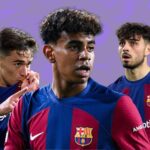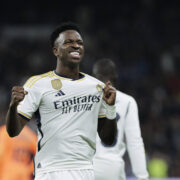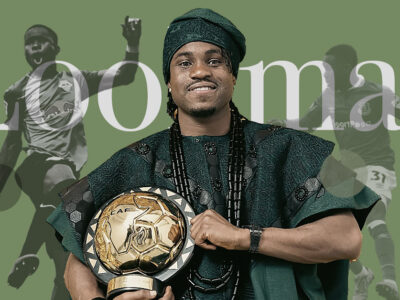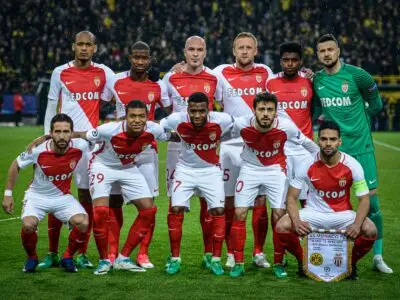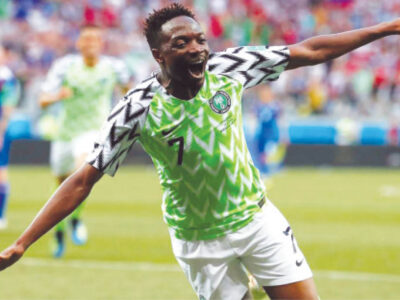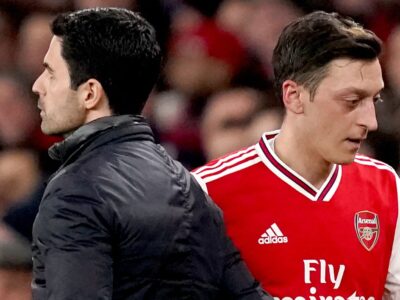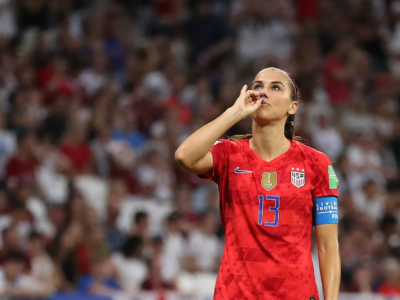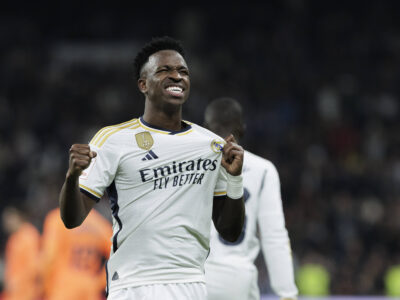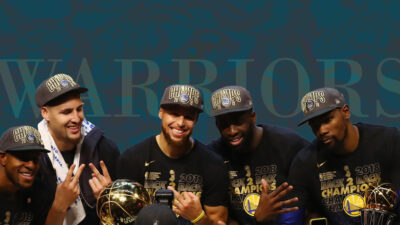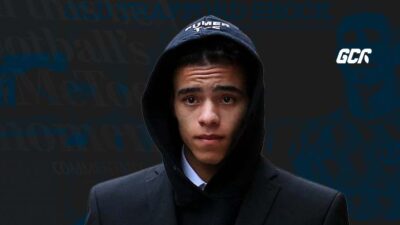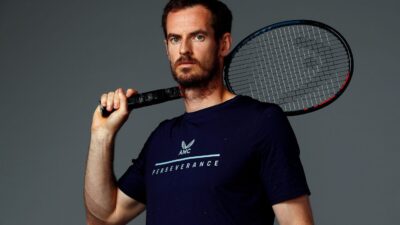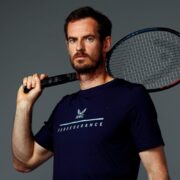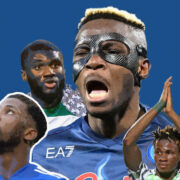Real Madrid’s record-breaking 15 UEFA Champions League titles further cement their status as the European football powerhouse. This sustained success has always revolved around having the world’s most exceptional talent on their roster.
Now, with a formidable core of established stars, the recent addition of arguably the world’s best player, Kylian Mbappé, and the exciting arrival of Brazilian prodigy Endrick, Real Madrid appears poised to usher in a new era of dominance—one that could rival even the legendary ‘Galácticos’ of the past.
The original Galácticos—featuring icons like Zidane, Figo, Beckham, and Ronaldo—captured the hearts of fans worldwide. They represented the pinnacle of footballing artistry and commercial power.
Now, the question on everyone’s mind is: can this new generation recapture that magic?
This piece provides insight into the players tasked with ensuring Los Blancos stays at the summit of European football.
Legacy of the Old Galacticos
With Florentino Pérez at the helm of affairs at Real Madrid from 2000 to 2006 and then from 2009 till the present day, the club has embraced the strategy of signing superstar players.
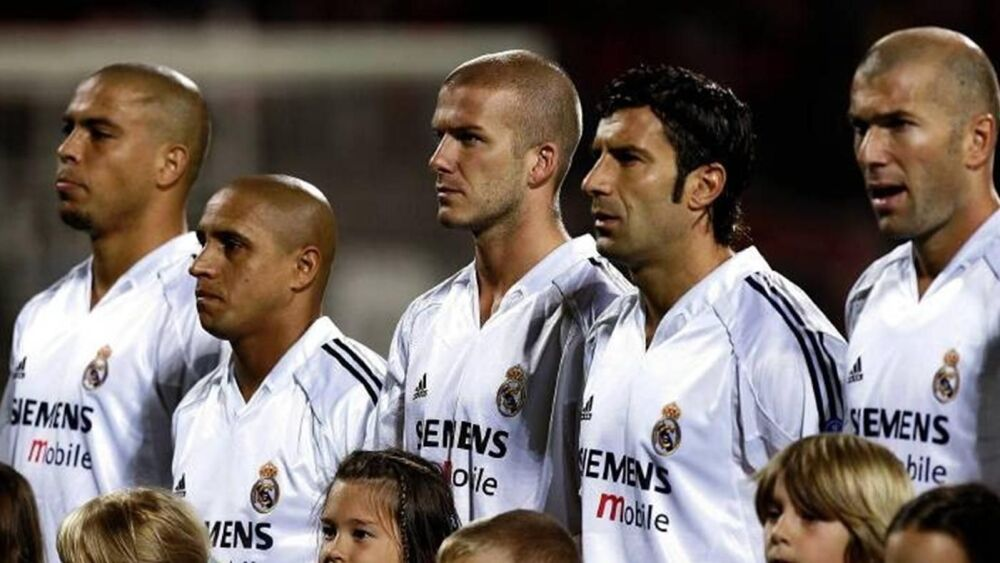
The Galácticos era officially kicked off in 2000 with Luis Figo’s controversial departure from Barcelona, a transfer that set the stage for future high-profile acquisitions.
In 2001, the club shattered its transfer record by acquiring Zinedine Zidane. Zidane had already won the Ballon d’Or, solidifying his status as one of the game’s greats at the time.
This era’s defining moment came in 2002 when Real Madrid captured their ninth UEFA Champions League title. Zidane’s stunning volley in the final against Bayer Leverkusen remains one of the most iconic goals in football history.
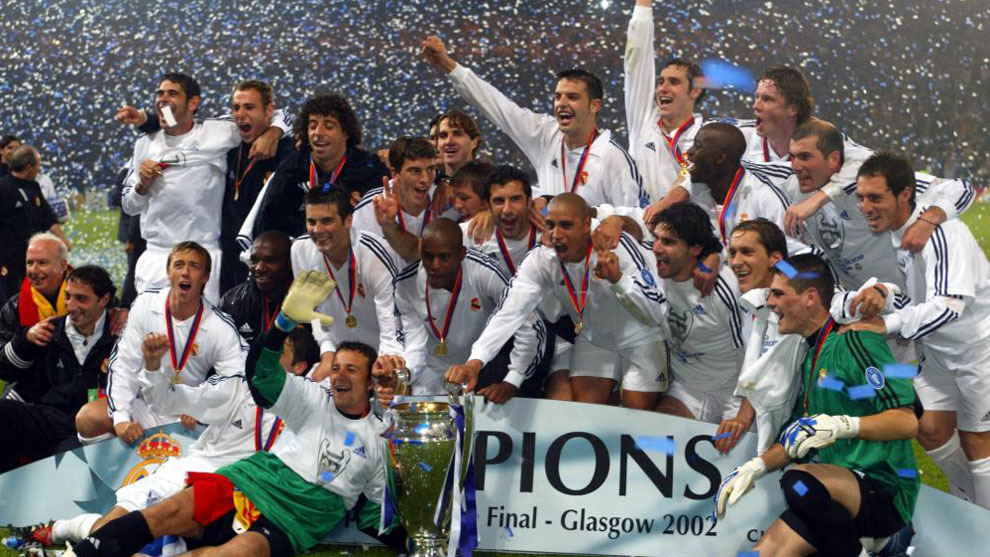
Real Madrid stunned the world again that same year by acquiring Ronaldo Nazário, fresh off a fantastic World Cup campaign. The 2003 signing of David Beckham added star power, precision passing, and immense marketing appeal, broadening Madrid’s global fan base.
This ensemble of superstars also secured the La Liga title in the 2002-2003 season. With their Champions League and domestic success, Real Madrid’s blend of on-field triumphs and worldwide recognition cemented their status as football’s premier brand, the first phase of the Galácticos project.
The New Era
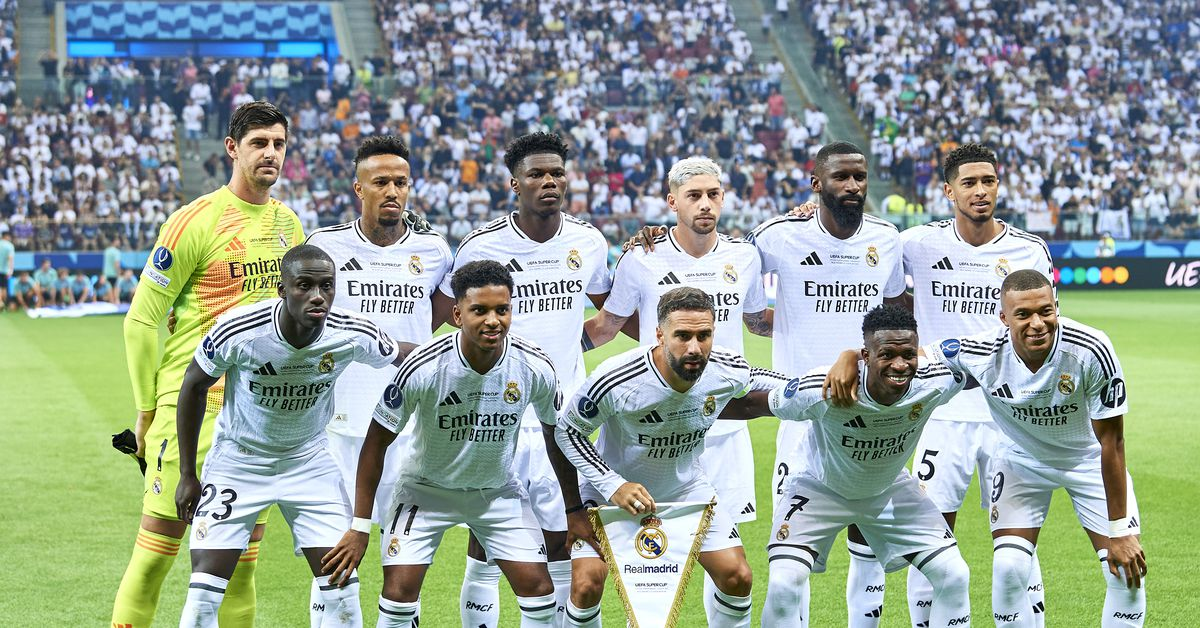
It was a resounding success by most football metrics, yet their performances and overall trophy haul fell below expectations.
Then came Barcelona and the Messi era, which basically marked the end of the Galacticos.
Further attempts to replicate the same success with the signings of Cristiano Ronaldo and Kaka failed horribly.
In an ironic twist of fate, the legendary acquisition of rejects like Karim Benzema, Toni Kroos, and Luka Modric kicked off Madrid’s most dominant era in modern times.
With the retirement of key figures like Kroos and Nacho and a fresh crop of budding superstars like Bellingham, Vinicius Jr, Rodrygo, and now Mbappe, the New Galacticos are about to take over the football world by storm.
Here are the main characters.
Kylian Mbappé
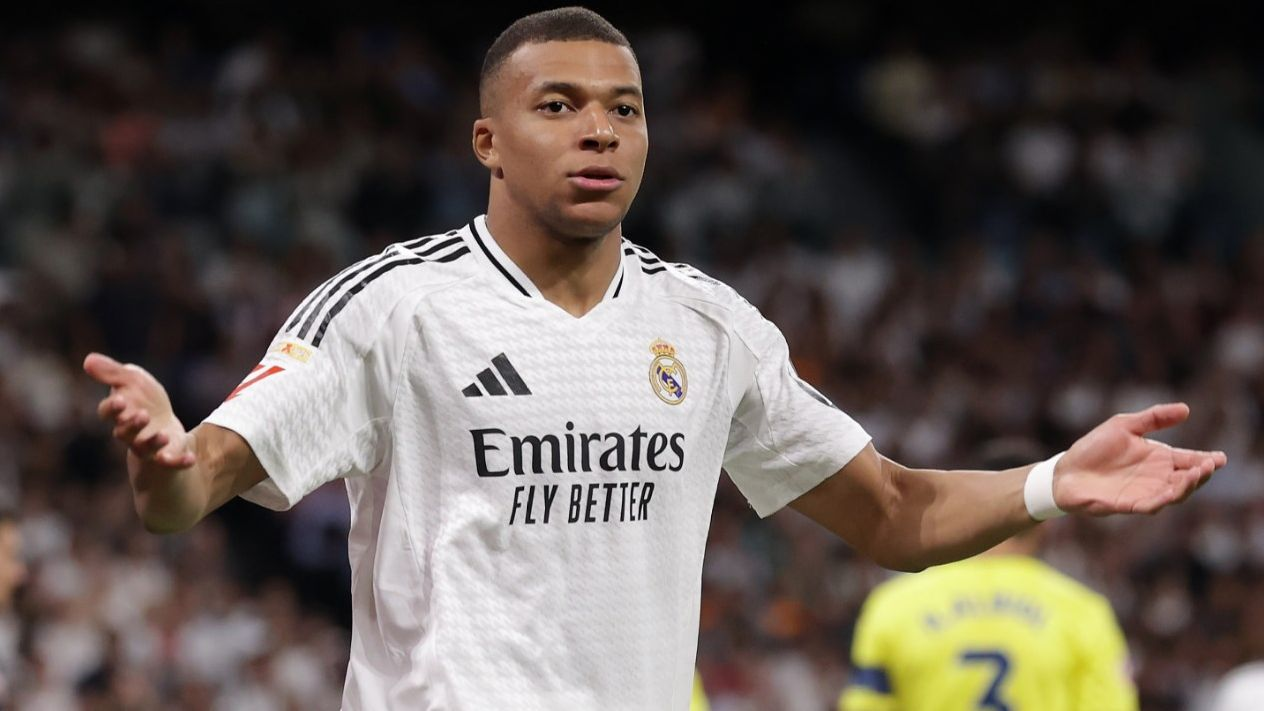
Real Madrid’s capture of Kylian Mbappé sent shockwaves through European football, heralding what many believe could be the dawn of another galáctico era at the Santiago Bernabéu.
The French superstar’s arrival drew instant parallels with Cristiano Ronaldo’s landmark move in 2009, with Los Blancos faithful dreaming of similar glory days ahead.
However, his debut season has been underwhelming by his standards. He has struggled to adapt to Carlo Ancelotti’s system, which prioritizes fluid team play over individual brilliance.
Paired centrally with Vinícius Jr. or Rodrygo, the partnerships appeared tactically mismatched.
His tendency to drift offside has hindered his effectiveness in running behind defenses. His abysmal showing resulted in eight offside flags in the Clasico.
As fans voiced their concerns on social media and scrutiny mounted, Kylian Mbappé found himself under immense pressure to deliver. But while his Real Madrid journey began with its fair share of challenges, there are promising signs that he’s starting to hit his stride.
Recent performances have offered glimpses of the player fans dreamed of, hinting at a bright future for the Frenchman at the club. Mbappé has rediscovered his form, showing resilience and skill that have made a real difference for the team.
This resurgence has also seen him net vital goals in wins against Girona and Atalanta, reaffirming his value to the squad.
Manager Carlo Ancelotti has been vocal in his praise, highlighting Mbappé’s ability to self-reflect and bounce back stronger. These qualities have clearly elevated his game and bolstered the team’s overall performance.
Even Mbappé himself seems to feel the shift, stating, “The adaptation is over; I feel very good.”
With the winter break approaching, his revitalized presence on the pitch positions him as a key figure in Real Madrid’s pursuit of domestic and European glory.
Jude Bellingham
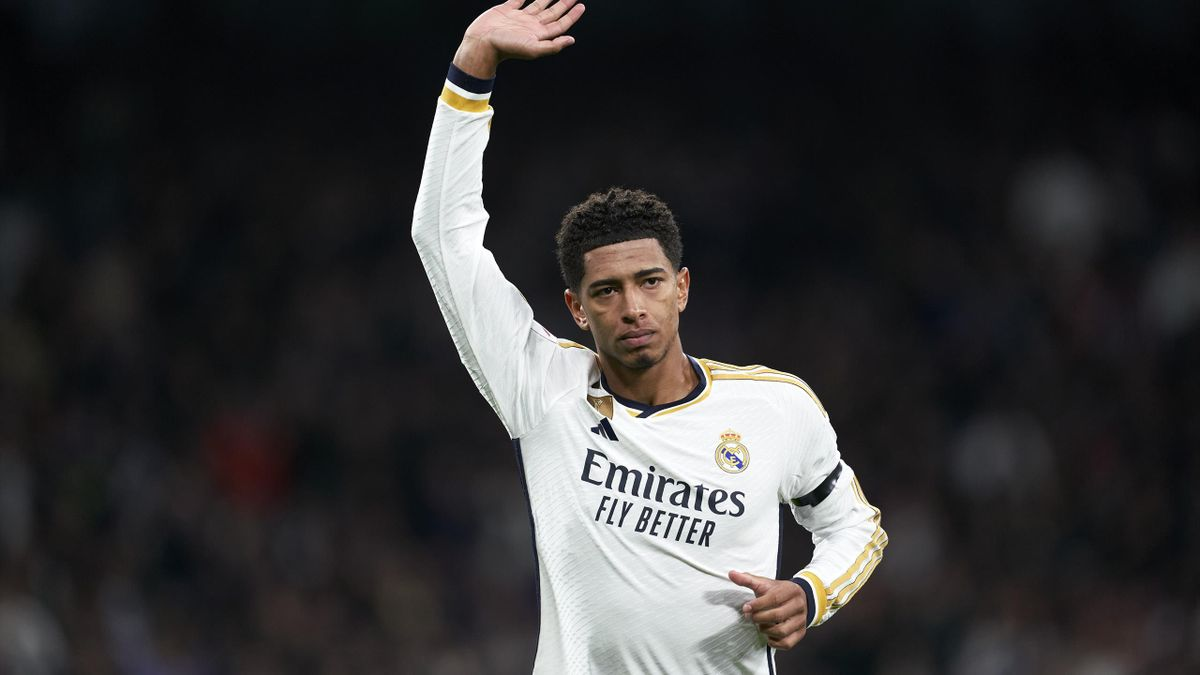
Jude Bellingham’s arrival at Real Madrid was nothing short of sensational, with his debut season quickly becoming one of the most memorable for a midfielder in recent La Liga history.
At just 20 years old, he surpassed all expectations, seamlessly adjusting to the demands of the league while delivering performances that rivaled the game’s seasoned elites.
Within a handful of games, he silenced all the noise about Zidane’s iconic № 5 jersey being too heavy for his shoulders.
Bellingham’s brilliance earned him a remarkable third-place finish in the Ballon d’Or voting—a feat that highlighted his meteoric rise.
Commanding Madrid’s midfield with a poise far beyond his years, Bellingham scored decisive goals in critical moments.
His impact on the team was transformative. Manager Carlo Ancelotti has praised Bellingham’s versatility, stating, “It is rare to find a player with this kind of quality. He is only 20, so he can improve. We are lucky to have him.”
As his journey with the club continues, Bellingham is undoubtedly on course to leave behind a legendary legacy in the iconic white jersey.
Vinícius Jr.
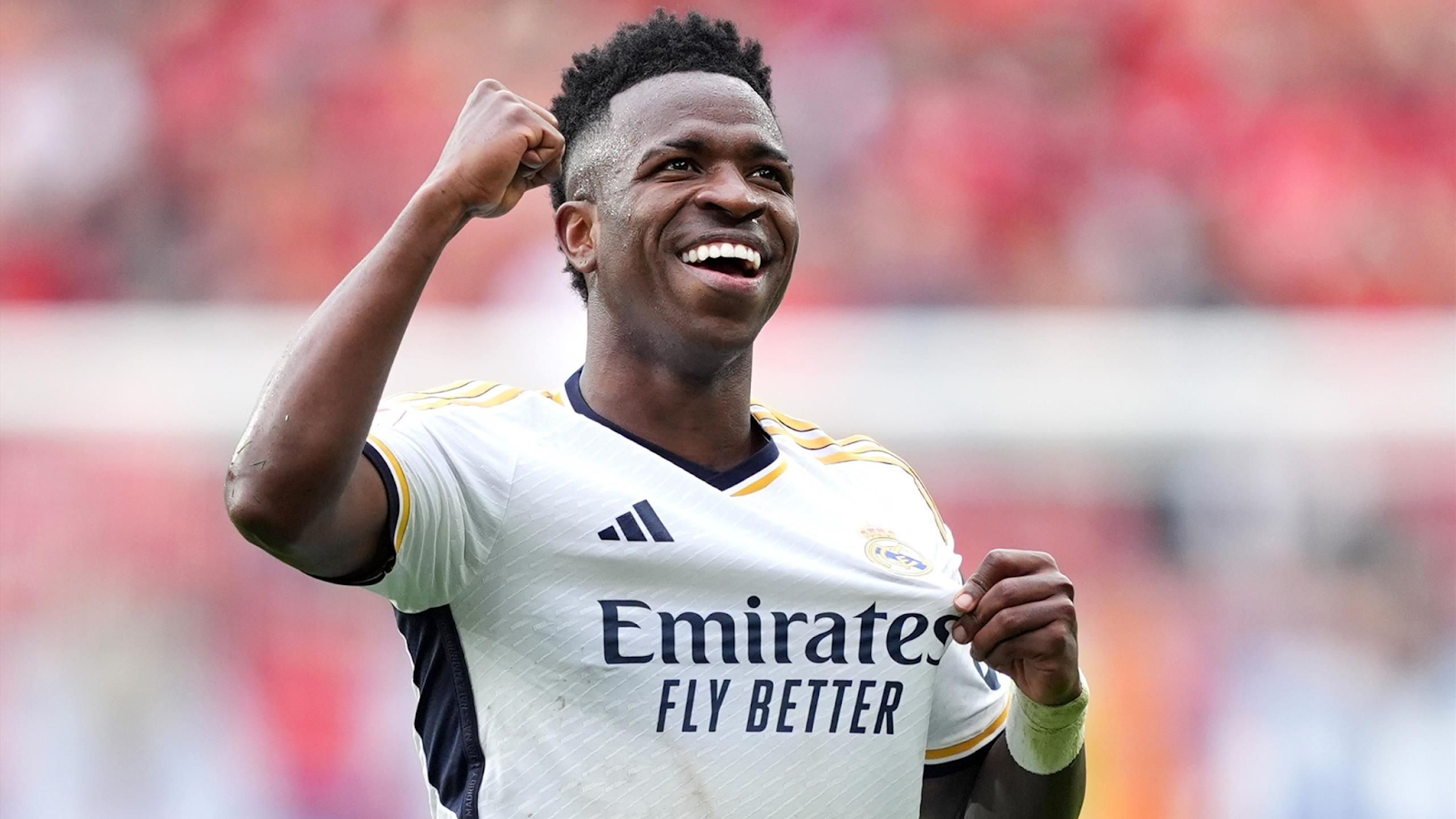
Vinícius Júnior is undeniably the driving force behind Real Madrid’s attack. Despite concerns that Kylian Mbappé’s potential arrival could disrupt team chemistry, Vinícius has consistently proven to be a formidable presence on the pitch.
With his electrifying pace, slick dribbling, and curly finishes, he remains a constant threat capable of changing matches in an instant.
Vinícius Jr has faced his share of football drama both on and off the pitch.
On October 28, 2024, he was a strong contender for the Ballon d’Or, but the award ultimately went to Manchester City midfielder Rodri.
The decision surprised many fans and teammates, who believed Vinícius’s outstanding performances and key contributions throughout the season deserved greater recognition.
Eu farei 10x se for preciso. Eles não estão preparados.
— Vini Jr. (@vinijr) October 28, 2024
In response, he tweeted: “I will do it 10 times if I have to. They’re not ready.”
Vinícius later claimed the Best FIFA Men’s Player Award for 2024, a fitting consolation after narrowly missing out on the Ballon d’Or. This accolade crowns a remarkable period where he became the youngest player to score in two Champions League finals—a record previously held by Lionel Messi.
As he continues to evolve and build chemistry with his teammates, it’s clear that Real Madrid’s Galacticos 2.0 project is indeed in good hands with Vinícius at its fore.
Rodrygo
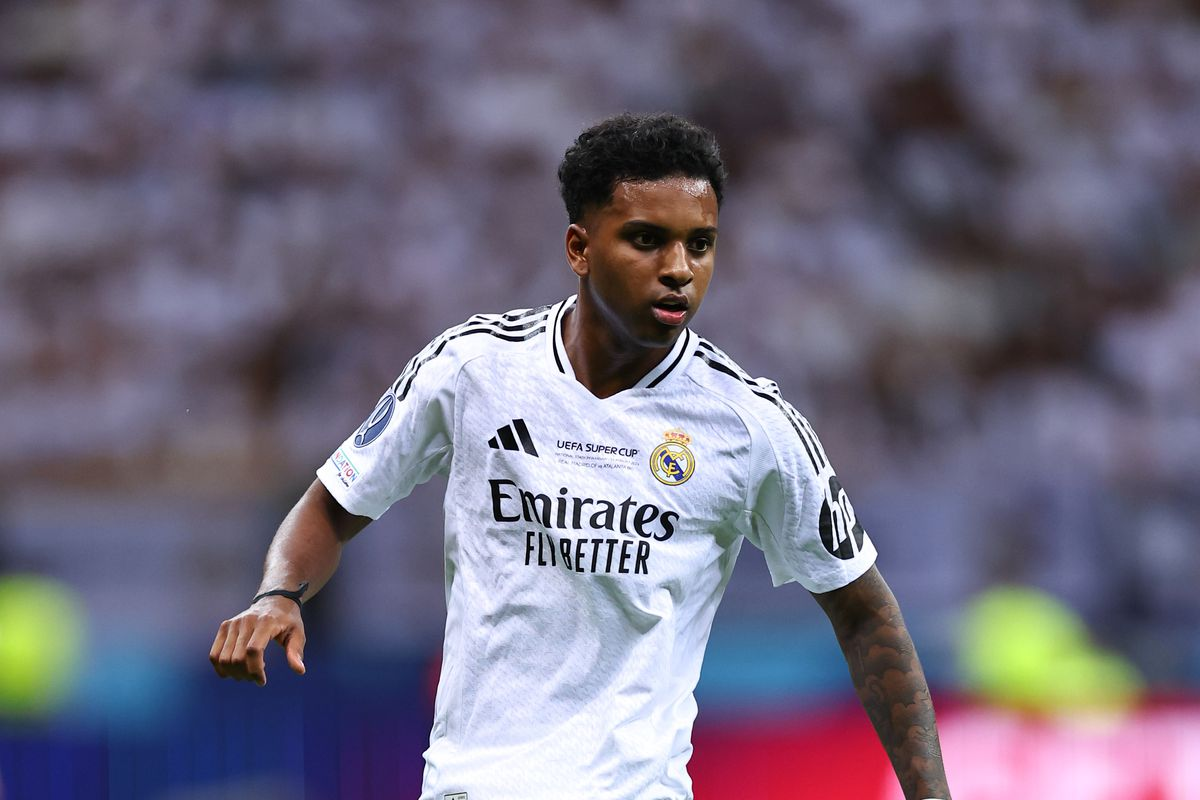
When Rodrygo joined Real Madrid from Santos in July 2019, he was heralded as one of the most promising young talents in football.
The Brazilian forward made the move to Spain for a reported fee of €45 million. He has quickly settled in as one of the most versatile attacking players at the top level.
Hitting the ground running in the capital, his versatility allowed him to excel across all three forward positions. He combines tactical intelligence and flair in his game, often linking plays with Vinícius Jr. and Bellingham.
While his role under Carlo Ancelotti has varied, his attacking instincts make him effective whether playing as a winger, a lone striker, or partnering up front with another forward.
As Real Madrid shapes its New Galácticos era, Rodrygo has the potential to be a key player. It is no surprise that he is frequently linked with moves away from Madrid; some believe he is underappreciated and better suited for a club willing to give him more responsibility.
However, if he continues to progress at this rate, he could establish himself as one of the best attacking players in the club’s storied history.
Federico Valverde
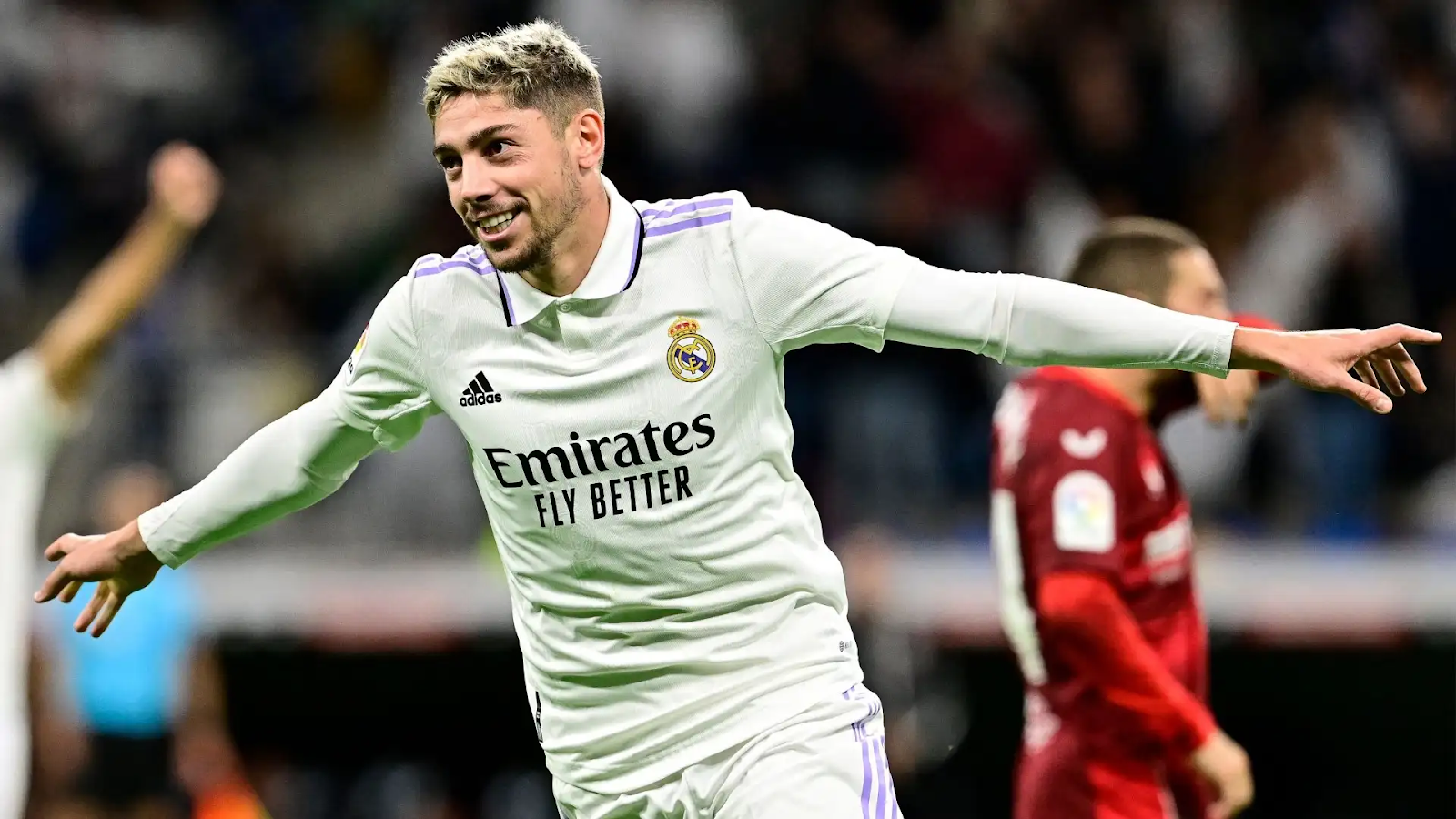
Federico Valverde joined Real Madrid in 2016 from Club Atlético Peñarol, a prominent club in his native Uruguay. Initially, he played for the Castilla, the club’s reserve team, before making his first-team debut in 2018.
Since joining the first team, he has become a vital member of Real Madrid’s midfield. His contributions have been instrumental in the club’s recent successes, including winning the UEFA Champions League.
The prospect of Valverde emulating Uruguayan legend José Santamaría, who secured four European Cup titles with Real Madrid between 1957 and 1966, is increasingly plausible as the club continues to pursue excellence on both domestic and international fronts.
As Real Madrid’s current project flourishes, Valverde’s role remains pivotal in the team’s quest for further European glory.
At just 26, Valverde is a player Ancelotti calls “irreplaceable.” He is pivotal in transitioning from the Modrić and Toni Kroos era to a younger core.
Endrick
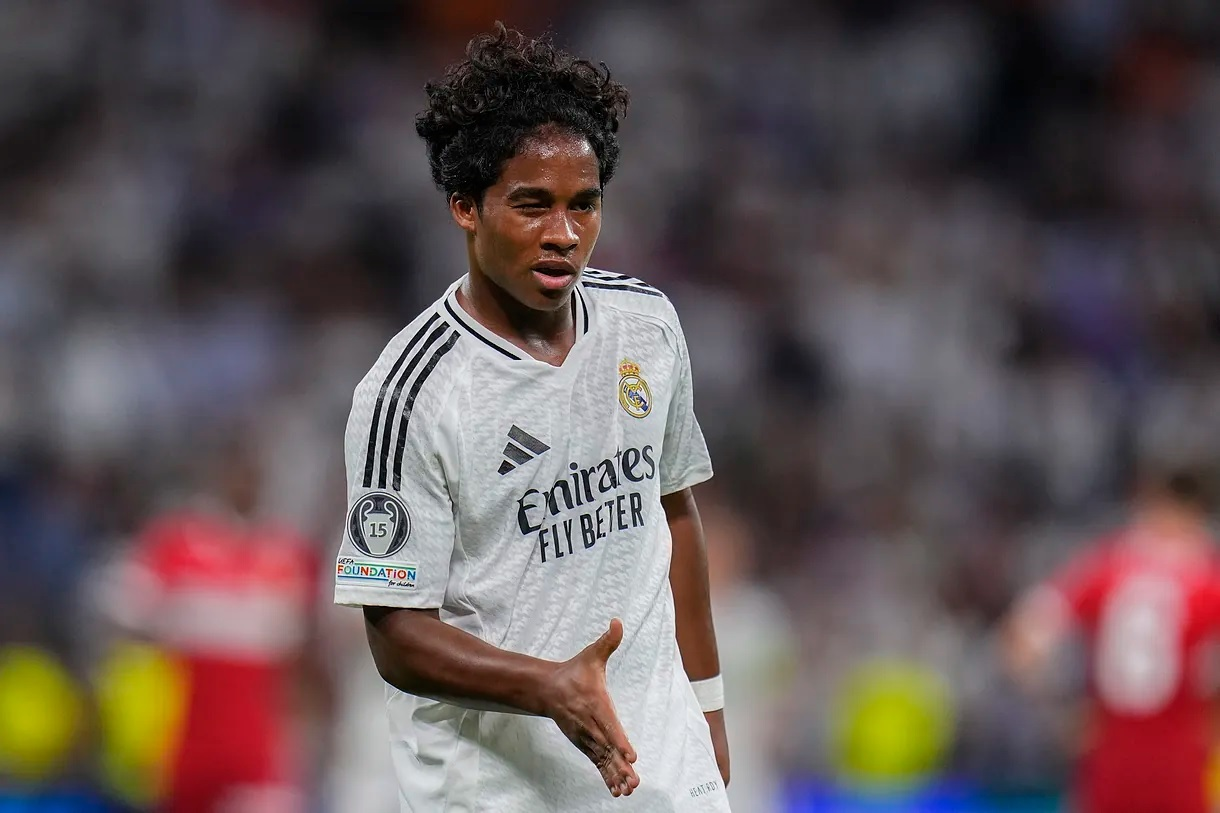
Endrick has been a source of excitement since joining Real Madrid, arriving as Brazil’s next footballing prodigy — “The Next Pelé”. Such a moniker is a heavy tag borne by many others before him, but Endrick has shown qualities worthy of this tag.
Despite his young age, he had shown flashes of brilliance that justify why there was so much hype and anticipation surrounding his transfer from Palmeiras.
His explosive pace, technical skill, and lethal finishing make him one of the most promising young forwards in world football.
There is obviously still a lot of room for improvement, but for a player his age, he has been able to build a profile of the kind of striker he can become.
Fans have had mixed feelings about Endrick’s performance since his arrival. He impressed in pre-season matches and early competitive appearances, displaying composure beyond his years.
With limited minutes available for the youngster, no thanks to more established forwards in the Madrid ranks, he has had to feature in games with “academy minutes” and only a handful of starts.
Looking ahead, Endrick has the potential to become a prominent figure of Real Madrid’s New Galacticos era. Aside from his on-the-pitch qualities, Endrick possesses one quality that is often hard to find from such a young age – Marketing and PR Power.
Also nicknamed “Bobby” even by his teammates, he has been able to somehow tap into the classical nature of past players through his speeches and photos.
While one might question his footballing ability, there is no doubt that he can benefit Madrid off the pitch. If Madrid gives him the minutes he needs to flourish and grow as a forward, similar to how they developed Vinícius, he can become another Samba gem.
Arda Guler
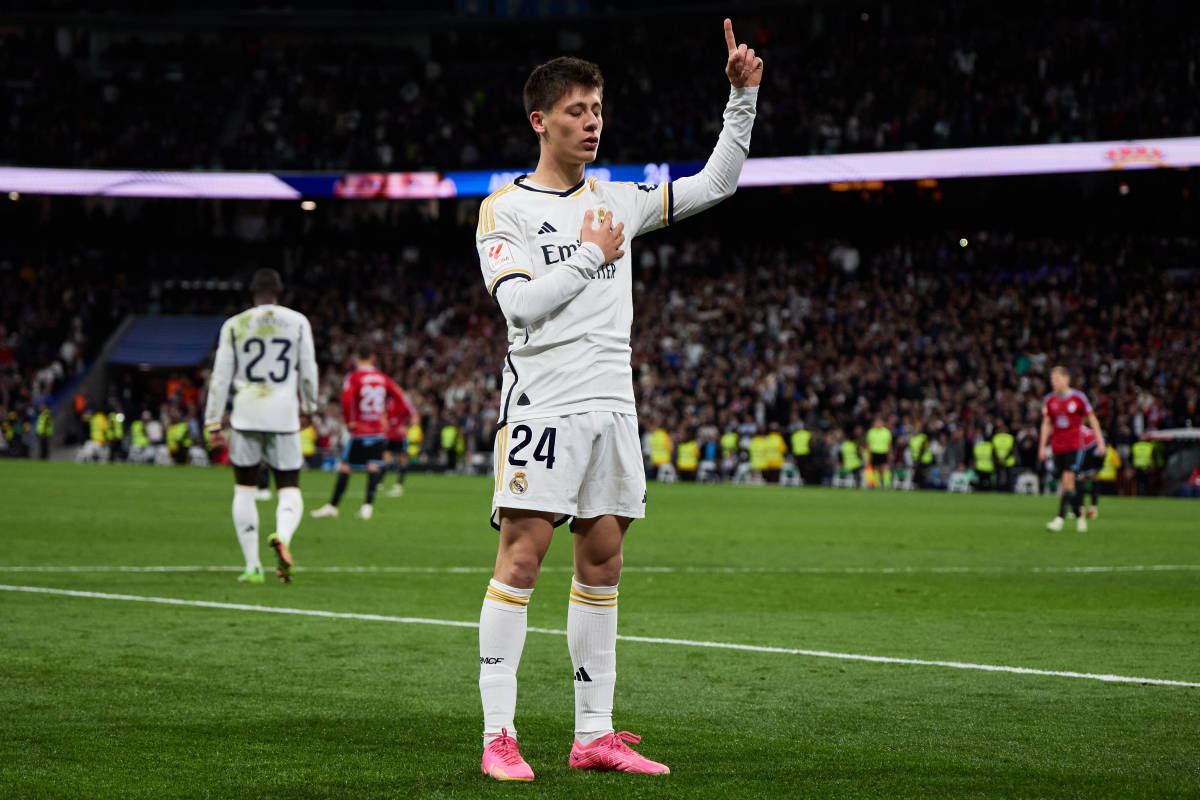
Arda Güler has shown immense promise since joining Real Madrid from Fenerbahçe, quickly establishing himself as one of Europe’s most exciting young playmakers.
Arriving as one of the few young, natural “Number 10” in European football, he raised questions, not about his quality, but about how the team, which already had half a dozen young and influential central midfielders, was going to deploy him.
Despite early injury setbacks, Güler’s talent has been evident, both at club and international level. His exceptional ball control, vision, shooting, and ability to dictate play put him on the right track to becoming one of the best playmakers in the game.
When fit, Güler impacts games with his incisive passing and ability to unlock defenses with precise through-balls. His composure and brilliance in tight spaces also make him unpredictable, a trait vital for creative players to flourish.
Having the case of limited appearances similar to Martin Odegaard, he has been able to showcase his quality and tactical versatility, capable of playing centrally or attacking from wide positions. His long-range shooting also adds a goal-scoring dimension to his game.
He has the potential to be part of Real Madrid’s next era, but with the likes of Bellingham and Valverde way ahead in the pecking order as creative midfield outlets, minutes would be hard to come by.
Eduardo Camavinga
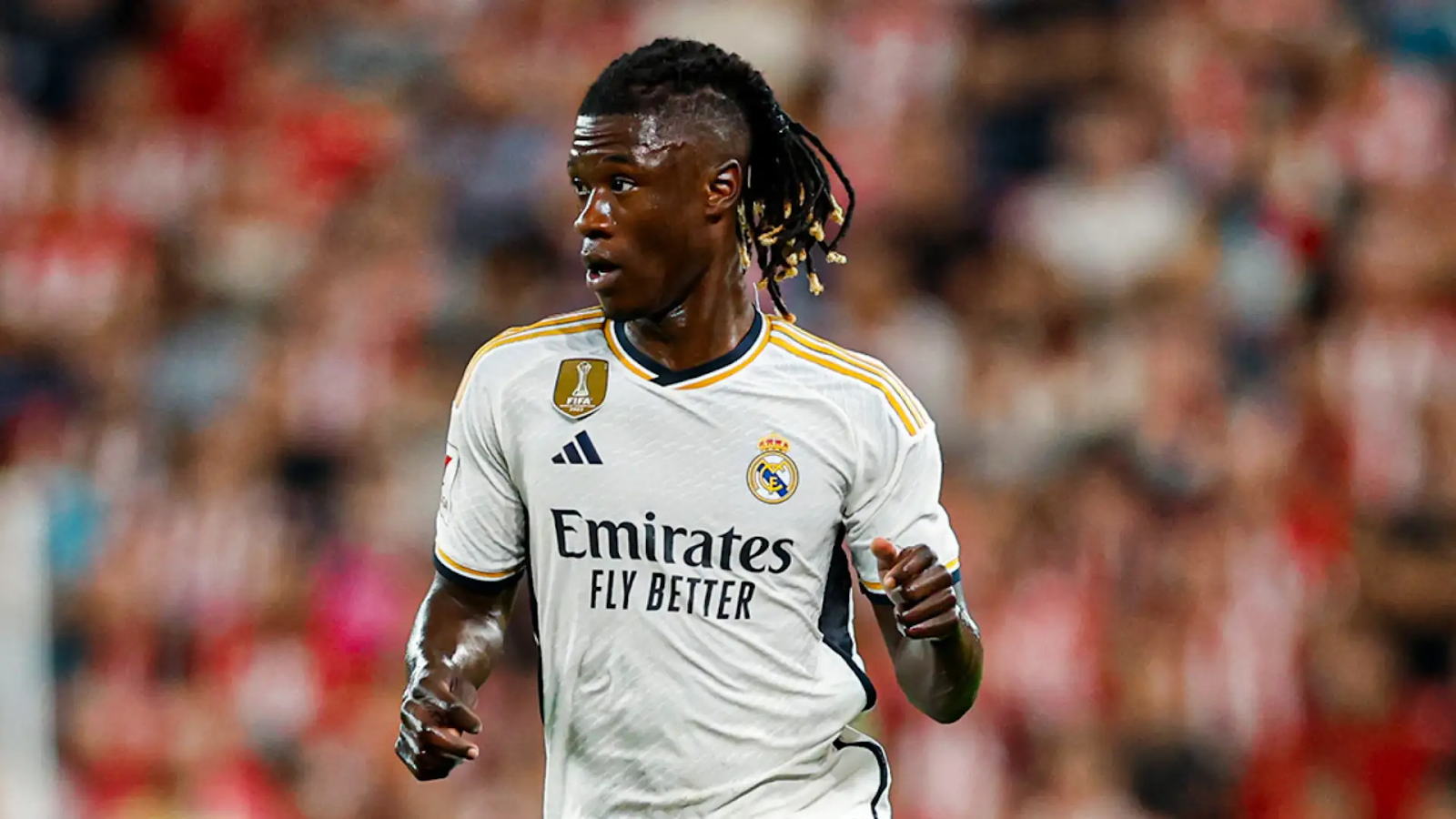
Since his 2021 move from Rennes, Eduardo Camavinga has proven to be a vital cog in Real Madrid’s machine, known for his versatility and influence on the pitch.
Initially pegged as a central midfielder, his adaptability has seen him thrive in various roles, from midfield to full-back, drawing comparisons to the legendary Clarence Seedorf for his poise, defensive strength, and offensive flair.
His performances have secured him a spot not only in both Real Madrid and the French National Team’s starting line-ups but also in the prestigious “Number 6” jersey.
Aurélien Tchouaméni
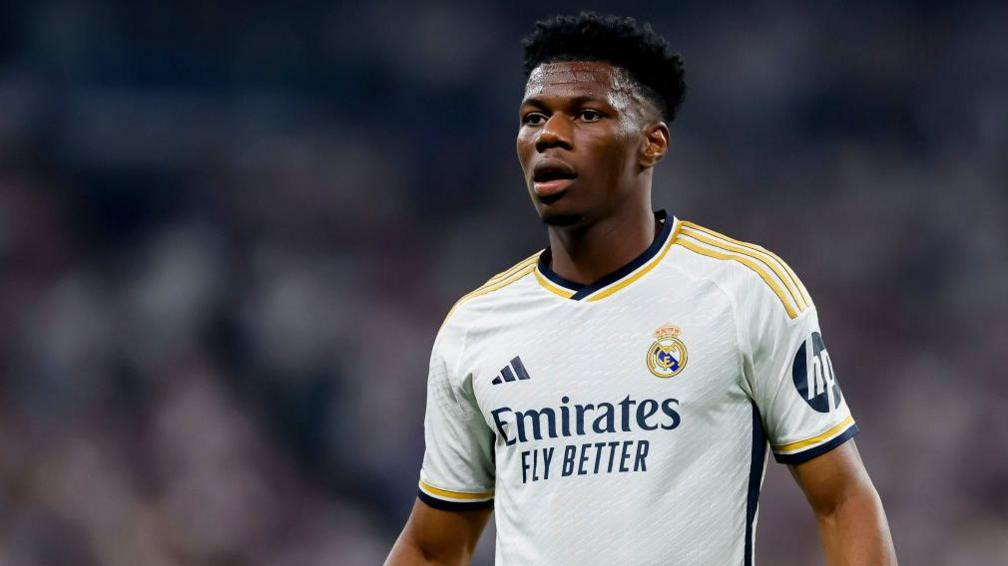
Since his 2022 transfer from AS Monaco, Aurelien Tchouameni has solidified his role as Real Madrid’s defensive midfield linchpin, stepping into the shoes vacated by Casemiro.
His versatility extends to center-back when needed, where he demonstrates the same composure and effectiveness. Despite his young age of 24, he’s recognized as one of Europe’s top defensive midfielders.
The Old Guard
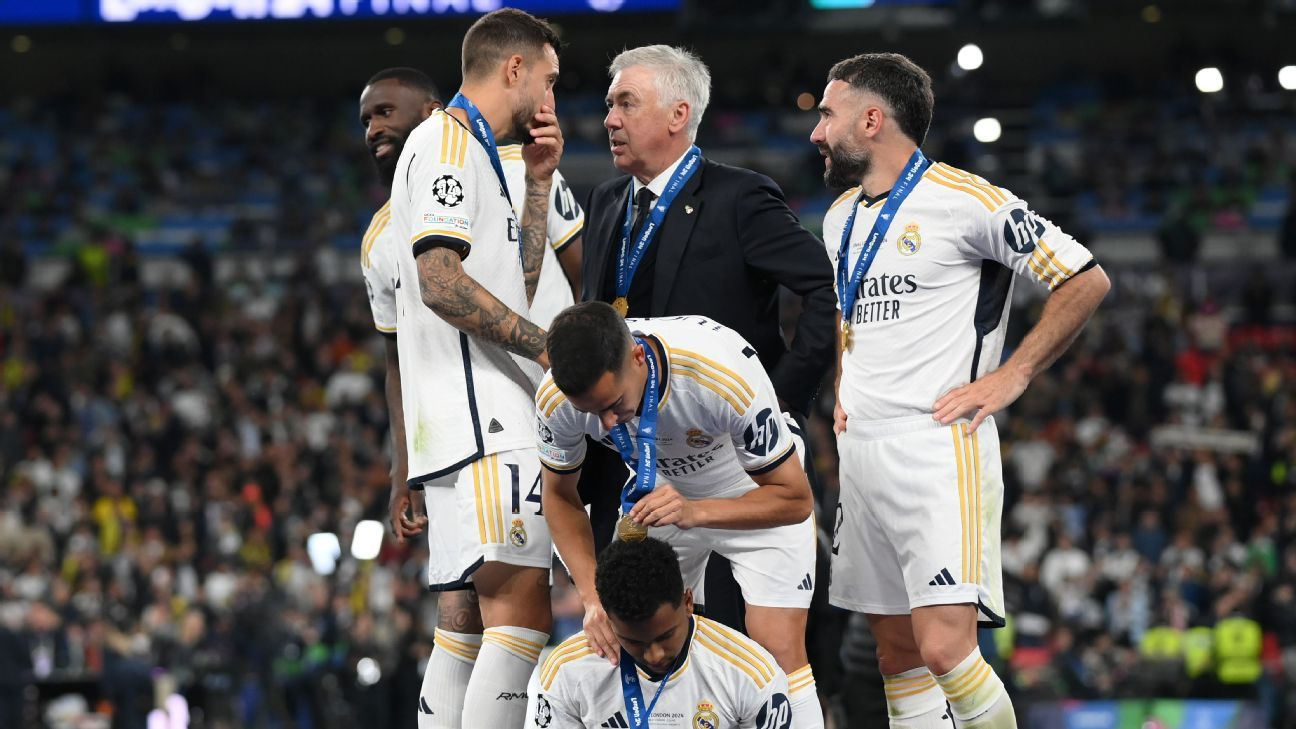
Real Madrid’s seasoned veterans, including Antonio Rudiger, Luka Modric, Thibaut Courtois, Dani Carvajal, and David Alaba, offer a wealth of experience and leadership, complementing the surge of young talent.
Rudiger’s commanding presence and eccentricity fortify Madrid’s defense, known for his robust tackling and game-reading ability.
Modric, with his legendary vision and elegance on the ball, continues to be a pivotal force in midfield, guiding the team even as his career winds down.
Courtois, despite recent fitness concerns, remains a formidable goalkeeper renowned for his breathtaking saves.
Carvajal’s defensive solidity and offensive contributions keep him at the forefront of right-backs, underlined by his inclusion in the FIFA Men’s World XI and his role in Spain’s Euro success.
Competing in a Crowded Era
In an era dominated by mega-spending, Real Madrid distinguishes itself from rivals like Manchester City, Bayern Munich, and PSG through strategic investments rather than sheer financial might.
While City and PSG leverage state-backed funds to buy elite talent in pursuit of Champions League success, Madrid blends the acquisition of superstars with a focus on youth development.
This approach has proven effective, allowing Madrid to remain competitive without solely depending on massive outlays.
However, the era of rolling over teams by fielding star-studded squads is over. Teams like Bayern Munich, Arsenal, Chelsea, and Inter Milan can give the New Galacticos a run for their money in their quest for European dominance.
It will not be a cakewalk.
Let’s not forget that the original Galacticos at Real Madrid, despite their stellar individual talents, are often remembered for underachieving due to a lack of team cohesion, which led to fewer trophies than anticipated.
This focus on star power over tactical harmony opened the door for Barcelona’s ascent, particularly under Pep Guardiola, who harnessed the potential of La Masia’s homegrown stars like Messi, Xavi, and Iniesta.
Another potential cog in the wheel of the New Galacticos hype train is team chemistry. With many superstars competing for playing time and individual awards, Ancelloti would have a tough time dealing with egos and restoring the “power of friendship”.
New Galacticos vs Barcelona’s New Boys: A New Rivalry

Barcelona’s strategy emphasized systemic play and youth development, contrasting sharply with Madrid’s approach of acquiring established superstars.
Now, as both clubs evolve from different epochs, the rivalry intensifies with Madrid’s new generation of Galacticos, including Mbappe, Vinicius Jr., and Bellingham, clashing with Barcelona’s youthful brigade of Gavi, Pedri, and Yamal.
The future El Clasico clashes are set to be a thrilling showcase of these competing football philosophies.
To live up to the “Galactico” label, Kylian Mbappe must ensure he becomes a functioning lever at Real Madrid. He needs to embrace a more team-oriented approach, blending his natural flair with the collective strategy of Real Madrid.
Additionally, Mbappe must develop stronger chemistry with key players like Vinicius Jr., Rodrygo, and Jude Bellingham to unlock Madrid’s full attacking potential.
Building this cohesion will be vital in ensuring the team can operate as a unit rather than lone wolves.
Madrid’s new Galacticos certainly possess the individual qualities to dominate Europe for a long time, but it remains to be seen whether they will achieve collective success.
The squad must balance attacking brilliance and defensive stability while navigating the immense pressure of wearing the Madrid shirt.
Who wrote this?
Ebuka is a tech enthusiast, writer, and eSports guru currently working with a team of daring Africans to revolutionize the writing scene. He enjoys answering questions, brainstorming new ideas, and discussing the future of sports and esports.

